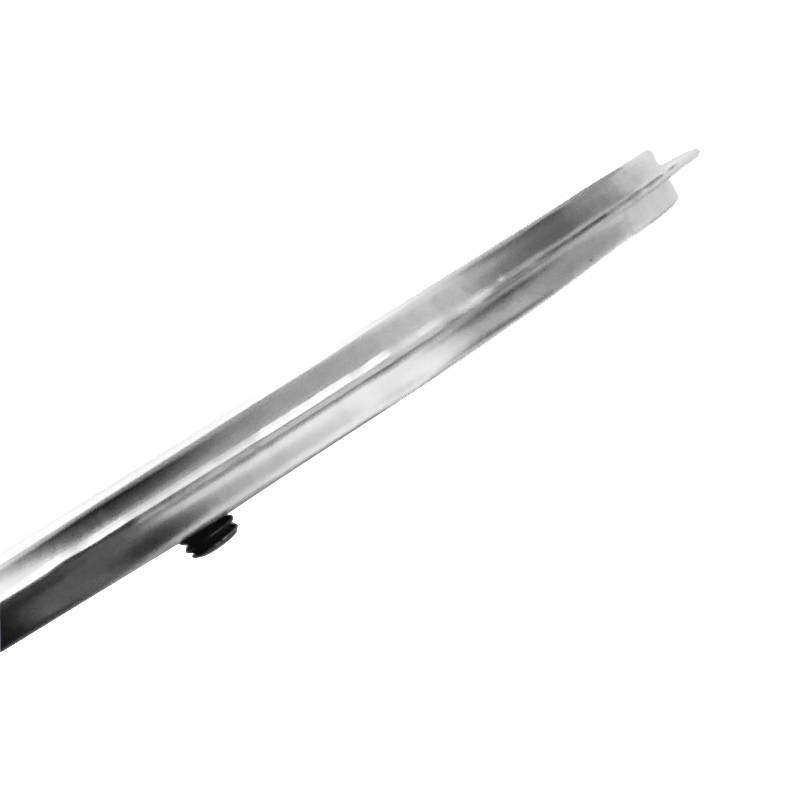
Oct . 14, 2024 23:15 Back to list
Understanding the Functionality of Static and Differential Pressure Gauges in Applications
Understanding Static and Differential Pressure in Gauging Systems
In various industrial applications, pressure measurement is crucial for ensuring the safe and efficient operation of processes. Among the various types of gauges used for this purpose, static pressure and differential pressure gauges play significant roles. Understanding the differences and applications of these gauges is essential for engineers, operators, and maintenance personnel involved in fluid mechanics and process engineering.
What is Static Pressure?
Static pressure is defined as the pressure exerted by a fluid at rest. It is an essential measurement in fluid dynamics, as it represents the potential energy of the fluid in a system. Static pressure does not change with the movement of the fluid and is typically measured perpendicular to the direction of fluid flow. This measurement can be taken at various points in a system, such as pipelines, tanks, or chambers, to assess the condition of the fluid and its potential energy.
Common applications of static pressure measurements include monitoring levels in tanks, assessing the condition of HVAC systems, and ensuring the pressure is within safe limits in pipelines. Static pressure gauges provide essential information that can help detect leaks, assess fluid levels, and ensure optimal operating conditions.
What is Differential Pressure?
Differential pressure, on the other hand, refers to the difference in pressure between two points in a system. This measurement is crucial for understanding flow dynamics and detecting changes in system performance. By using a differential pressure gauge, operators can determine how much pressure is lost as fluid flows through a pipe, filter, or other components. This information can be invaluable for diagnosing equipment performance, such as detecting blockages in filters or determining pump efficiency.
Differential pressure gauges work by comparing the static pressures at two different points. If the pressure difference exceeds a predetermined threshold, it may indicate a need for maintenance or replacement of equipment. Such gauges are widely employed in various industries, including oil and gas, water treatment, pharmaceuticals, and food processing.
The Importance of Pressure Gauges
static pressure differential pressure gauge

Both static and differential pressure gauges are crucial for operational safety and efficiency. They help ensure that systems are functioning correctly and can directly impact energy efficiency and operational costs. For instance, in HVAC systems, maintaining optimal static pressure can ensure better air distribution and energy savings. Similarly, in a filtration system, monitoring differential pressure can help optimize filter replacement schedules, thus maintaining system efficiency.
Challenges in Pressure Measurement
While static and differential pressure gauges are essential tools, they come with their challenges. One common issue is calibration. Regular calibration is necessary to ensure accurate readings, as pressure can vary due to temperature fluctuations, fluid properties, or system changes. Failure to calibrate a gauge can lead to incorrect measurements, resulting in poor decision-making and operational inefficiency.
Another challenge involves selecting the right gauge for a specific application. Different environments may require specialized gauges capable of withstanding high pressures, corrosive fluids, or extreme temperatures. Therefore, understanding the application requirements is critical to choosing the correct type of gauge.
Recent Advancements in Pressure Measurement Technology
Recent technological advancements have improved the functionality and accuracy of static and differential pressure gauges. Digital gauges equipped with advanced sensors can now provide real-time data, helping operators make better-informed decisions quickly. Moreover, wireless technology has enabled remote monitoring of pressure readings, which enhances the operational efficiency of large systems. These innovations allow for predictive maintenance, as operators can identify potential issues before they escalate into costly problems.
Conclusion
Static and differential pressure gauges are fundamental tools in the industrial sector, providing vital information for the safe and efficient operation of various systems. Understanding their functions and applications is essential for anyone working with fluid dynamics. With ongoing technological advancements, these gauges are becoming more efficient and reliable, paving the way for enhanced operational processes and safety in multiple industries. Proper use and maintenance of these gauges are crucial for ensuring optimal performance and minimizing downtime, ultimately leading to improved productivity and safety standards.
-
High-Precision 5 Valve Manifold Differential Pressure Gauge Suppliers
NewsApr.29,2025
-
High-Precision Diaphragm Vacuum Pressure Gauges Manufacturers & Quotes
NewsApr.29,2025
-
Omega Differential Pressure Gauges High Accuracy & Durability
NewsApr.28,2025
-
Low Pressure Differential Pressure Gauges Precision Solutions & Quotes
NewsApr.28,2025
-
Digital Diaphragm Pressure Gaauge Precision Measurement & OEM Quotes
NewsApr.28,2025
-
Differential Pressure Gauge China Price High-Accuracy & Best Quotes
NewsApr.28,2025
